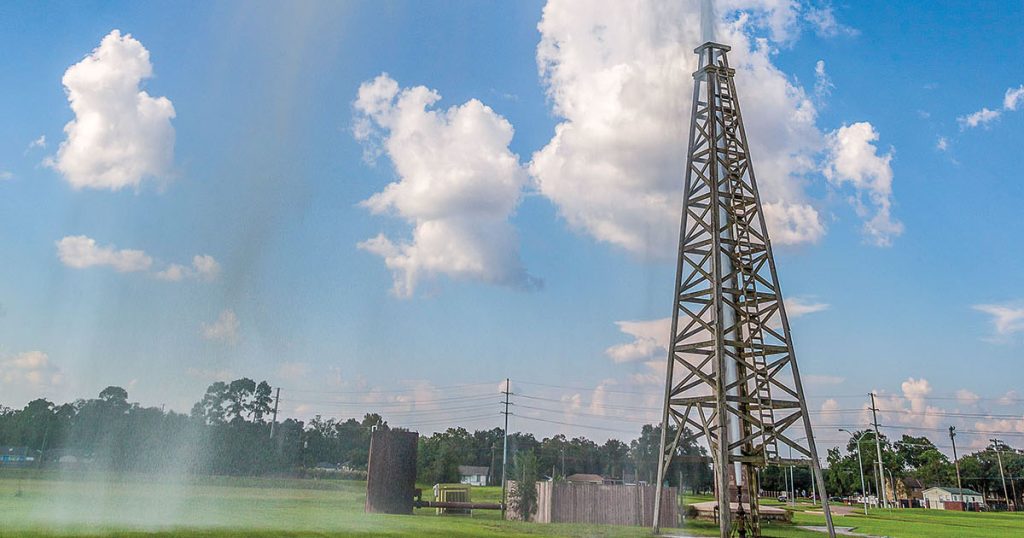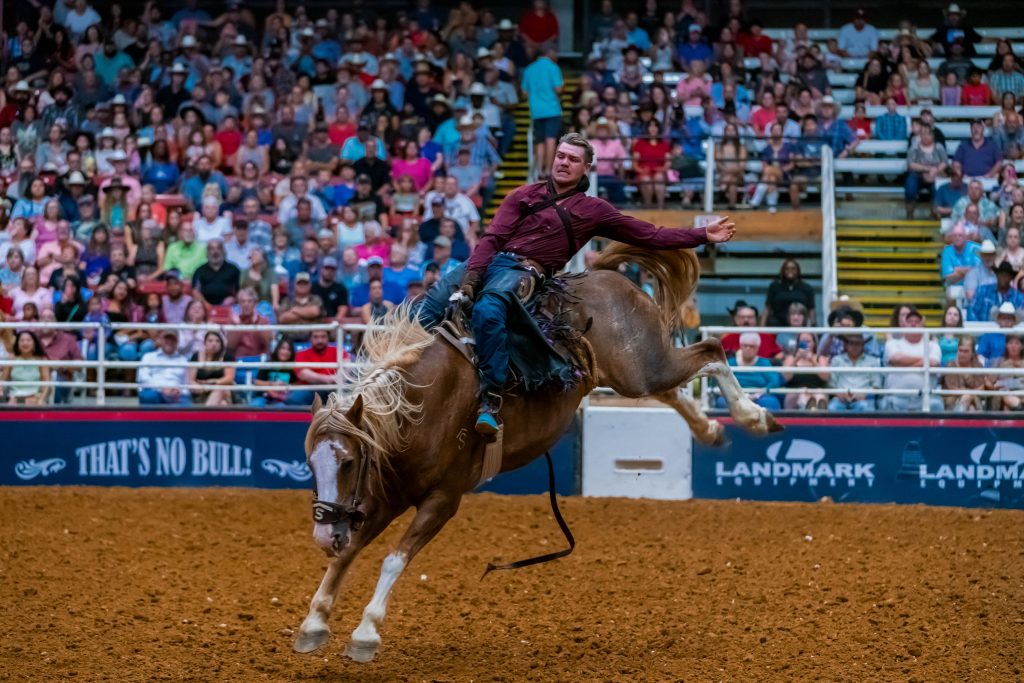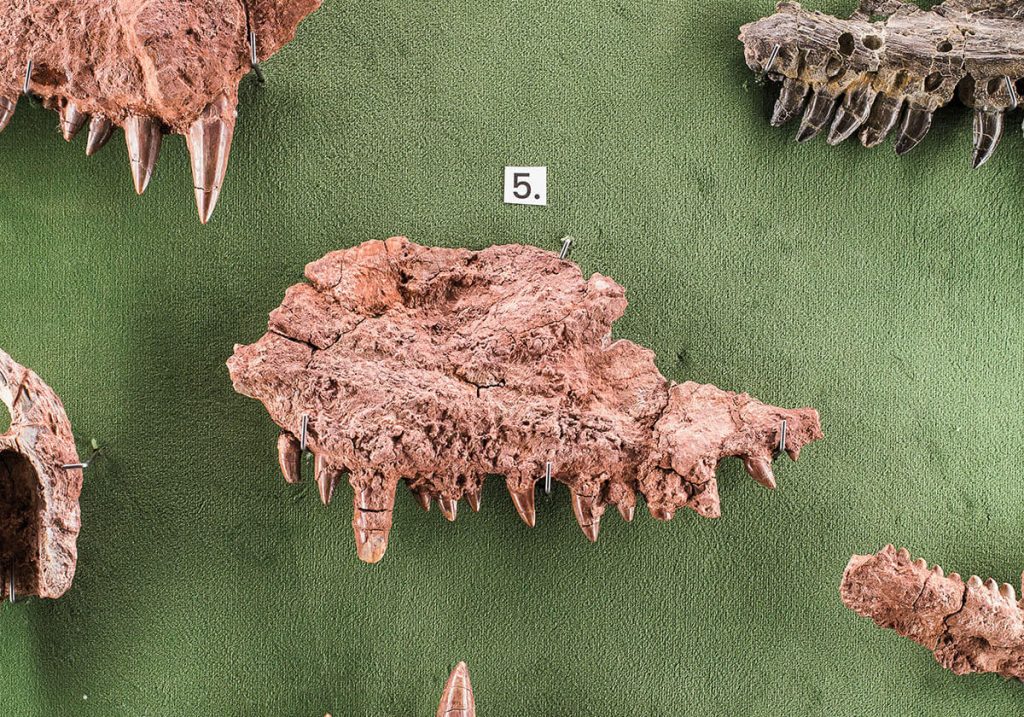Some of the most enjoyable visits I’ve made to Texas small towns have included a little time spent in jail. Not that I’m a bad guy or anything –– I’m talking about historic hoosegows that have been repurposed as museums. It makes sense: Where better to preserve a community’s treasures than a structure built solidly enough to hold desperadoes of the old Wild West?
The Heart of Texas Historical Museum, 117 North High St. in Brady, opens Friday and Saturday 1 p.m.-5 p.m., and Sunday 1 p.m.-4 p.m. Call 325/597-0526.
Read Gene Fowler’s story about the Heart of Texas Country Music Museum.
I’ve been behind bars in Hillsboro, Brownwood, Albany, and Palo Pinto. But I’d always pined to do some time in the visually arresting former McCulloch County Jail in Brady, which has welcomed visitors since 1974 as the Heart of Texas Historical Museum. When I got the chance last fall, I surrendered pronto to Kyle Moseley, museum president.
Local history museums in small towns can be a little bit like snowflakes. They may look a lot alike in their presentation of the way people lived back in the day, but when you see them up close, each is unique in wonderful and surprising ways. That’s certainly true at the Heart of Texas Historical Museum.
“This jailhouse was built in 1909,” Kyle said. “That was before they had perfected welding techniques, so everything was heat riveted.” The red brick structure served as the county lock-up until 1973. In a first-floor corner where the sheriff’s office was located, Moseley pointed to a green bottle with a handwritten label taped on it that said something about “famous tip of finger evidence” and a “fight in a pool hall” in 1944. When I picked it up, something solid sloshed around inside.
A photograph of a 1925 turkey-themed parade float recalls the McCulloch County’s bygone turkey farms. And a Roddy Wool Scouring Co. bag represents the town’s late industry of wool and mohair combing. A Crosley IcyBall contraption sent me to the Internet when I got home, where I learned that the sci-fi-looking gizmo was a refrigerator for homes that didn’t have electricity in the 1920s and ’30s. A collection of vintage dresses includes the black wedding dress worn by Kyle’s great-grandmother in the 1880s.
I also learned that the great saddle and boot maker M.L. Leddy started out in Brady before moving to San Angelo; H.P.C. Evers bought Leddy’s Brady business; and the museum exhibits a 1905 Evers saddle. A sports section includes material documenting the career of champion bull rider Reed Corder from Melvin, a town about 18 miles west of Brady on US 87.
The museum’s paintings of Texas Rangers Peter Brady and Ben McCulloch—the namesakes of the town and county, respectively—were done by Arizona artist Frederick Hambly, a great-great-grandson of Brady. “Peter Brady was also a surveyor,” Kyle noted. “While he was surveying in the area, he came across a creek that he thought was a branch of the Concho River. It wasn’t, so people called it Brady’s Creek, and that’s how the town got its name.”
In the cellblocks on the second floor, a mannequin in prison stripes stretches out on a bunk near the former hangman’s trapdoor, now welded shut. Moseley noted that no one was ever actually hung in the jail.
The old drunk tank is on the third floor. “Why they had the drunk tank on the third floor, I’ll never understand,” Moseley said. “Imagine walking some ornery old drunk up these steep stairs.”
Another structure, the former control tower building from nearby Curtis Field, a World War II training base, was moved to the museum grounds and restored. Artifacts in the tower include a World War I uniform and gas mask.
“Twenty-one men were killed training at Curtis during World War II,” Moseley added. “Their names are on that plaque by the door they went out of before they were lost. We also had a German POW camp. After the war, three of them returned to Brady to live here. Others escaped but gave up at Mason, tired of the rattlesnakes and cactus.”
One display case chronicles the life of Earl Rudder, who coached football at Brady High School before World War II and served as the town’s mayor afterwards. Called “the hero of D-Day,” Rudder was wounded twice when he led Rudder’s Rangers up the 100-foot cliffs of Pointe du Hoc on the Normandy coast. The Heart of Texas Historical Museum is working to erect a larger-than-life statue of this larger-than-life Texan on museum grounds.








